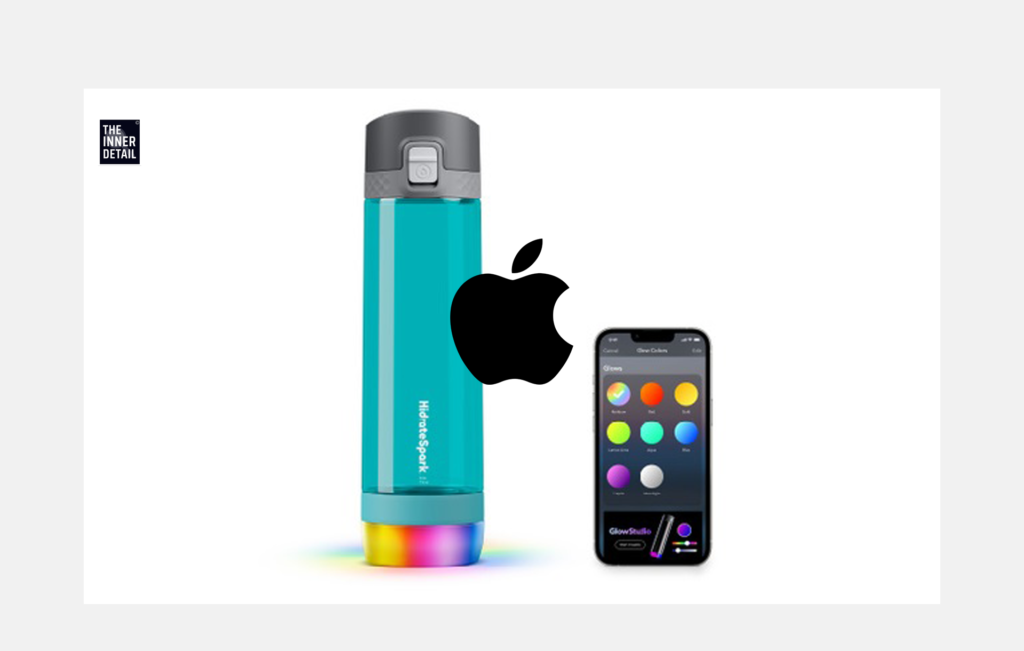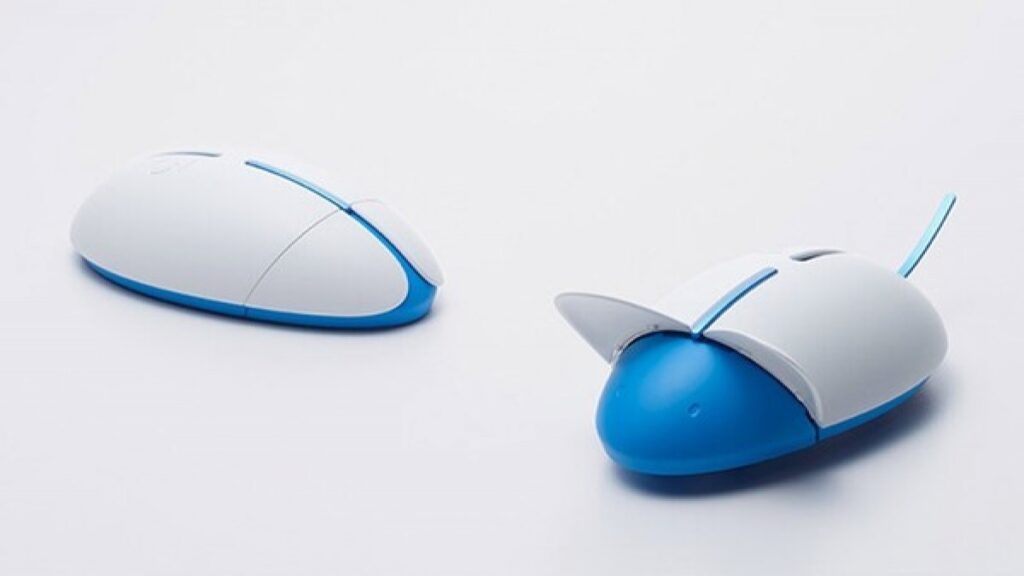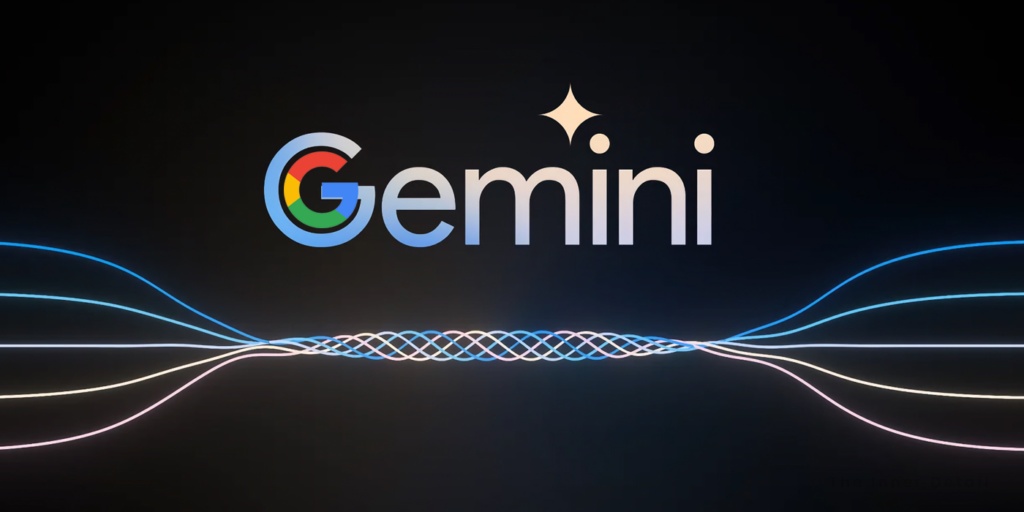New research by a team in University of Colorado brings a breakthrough in charging technology by enabling smartphones to get fully charged in 1 minute and EV in just 10 minutes. Probably the fastest charging for devices achieved so far.
Innovations in the battery and charging technology is beyond ‘revolutionary’, as it is beneficial both directly and indirectly. Fast charging not only saves time for the smartphone-user or EV-user, but reduces the usage of electricity consumption, thus contributing to reverse the climate change.
Researchers & scientists are constantly in quest of bringing a ground-breaking innovation in the domain, and this team in University of Colorado including an Indian-origin researcher Ankur Gupta pioneered in it.
Breakthrough in Charging
The team’s research may enhance the energy storage of batteries in the current world, to a device that’s more efficient than ever. According to reports, harnessing this technology could help charge a dead smartphone or laptop within a minute, and an electric vehicle in just 10 minutes.
The next big question is how it works. While, this might include some science terms, I’ve tried to make it understandable in a layman terms. The research revolves around the supercapacitors and movement of ions through supercapacitors.
FYI, Supercapacitors are high-capacity capacitors which bridges the gap between electrolytic capacitors (eg:AA batteries) and rechargeable batteries. Ions are charged particles which are highly reactive.
How it works?
Porous electrodes inside batteries enhances the capacitance of electrochemical devices, as supercapacitors store energy by accumulating ions in their pores. However, transport of ions through these pores is poorly understood. The team introduced a model to predict ions’ transport in complex networks of slender pores in supercapacitors. This model provides results up to six orders of magnitude faster, which will drastically improve the rate with which we charge and release energy.
“Our challenge was to accelerate the charging and discharging processes by enhancing ion movement efficiency,” Ankur Gupta said.
The team’s model enables to 3D-print microscale electrodes for wearable energy storage and supercapacitors, facilitating fast movement of ions inside them, leading to a cutting-edge innovation in this digital world.
The global demand for sustainable and efficient energy solutions is significantly high and this innovation might be a huge step forward. The discovery is important not only for storing energy in vehicles and electronic devices but also for power grids, where fluctuating energy demand needs efficient storage to avoid waste during periods of low demand and to ensure speedy delivery during high demand, Gupta said.
The findings of this research have been published in Proceedings of the National Academy of Sciences and can be accessed here.
(For more such interesting informational, technology and innovation stuffs, keep reading The Inner Detail).
Kindly add ‘The Inner Detail’ to your Google News Feed by following us!






